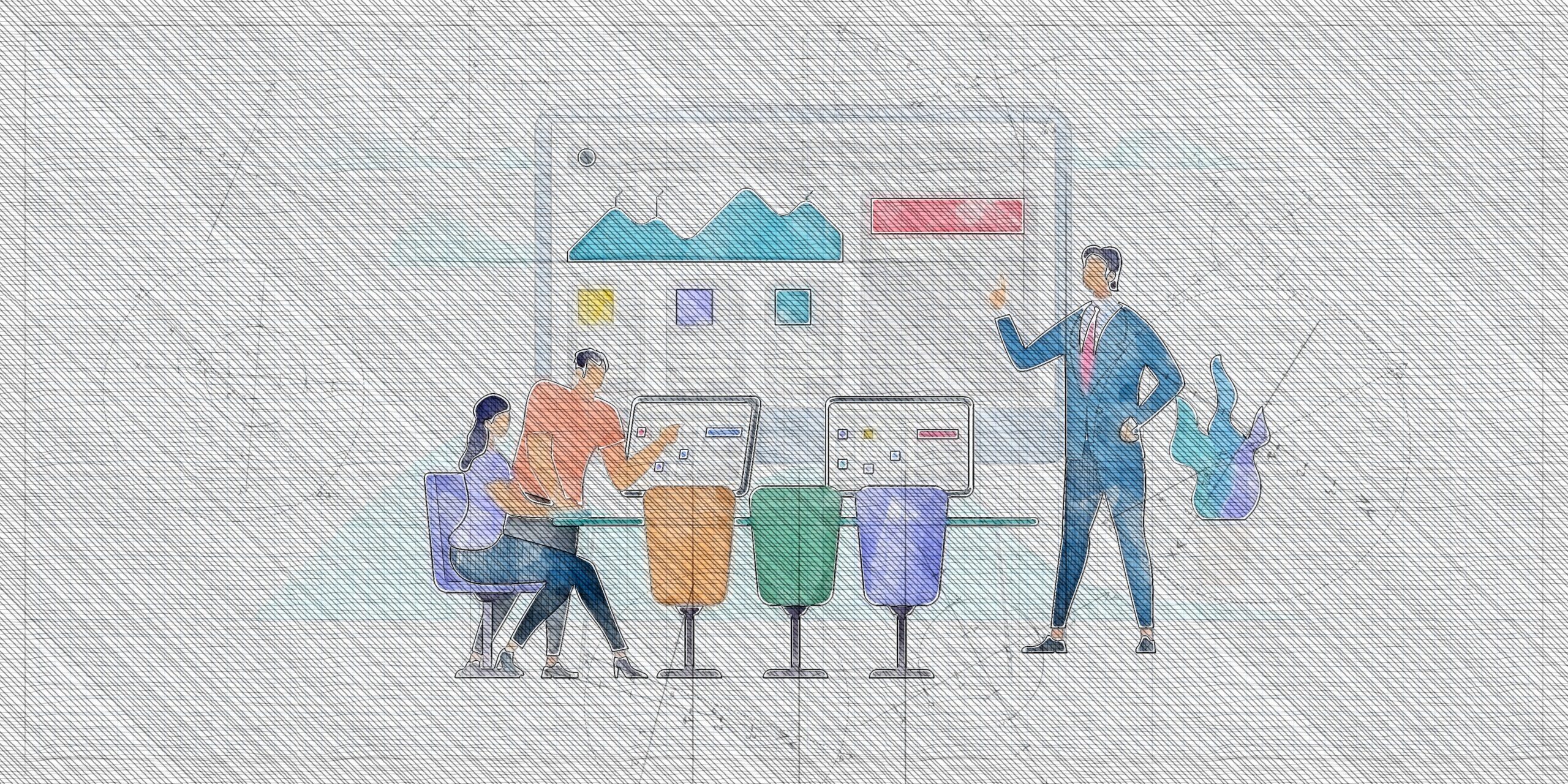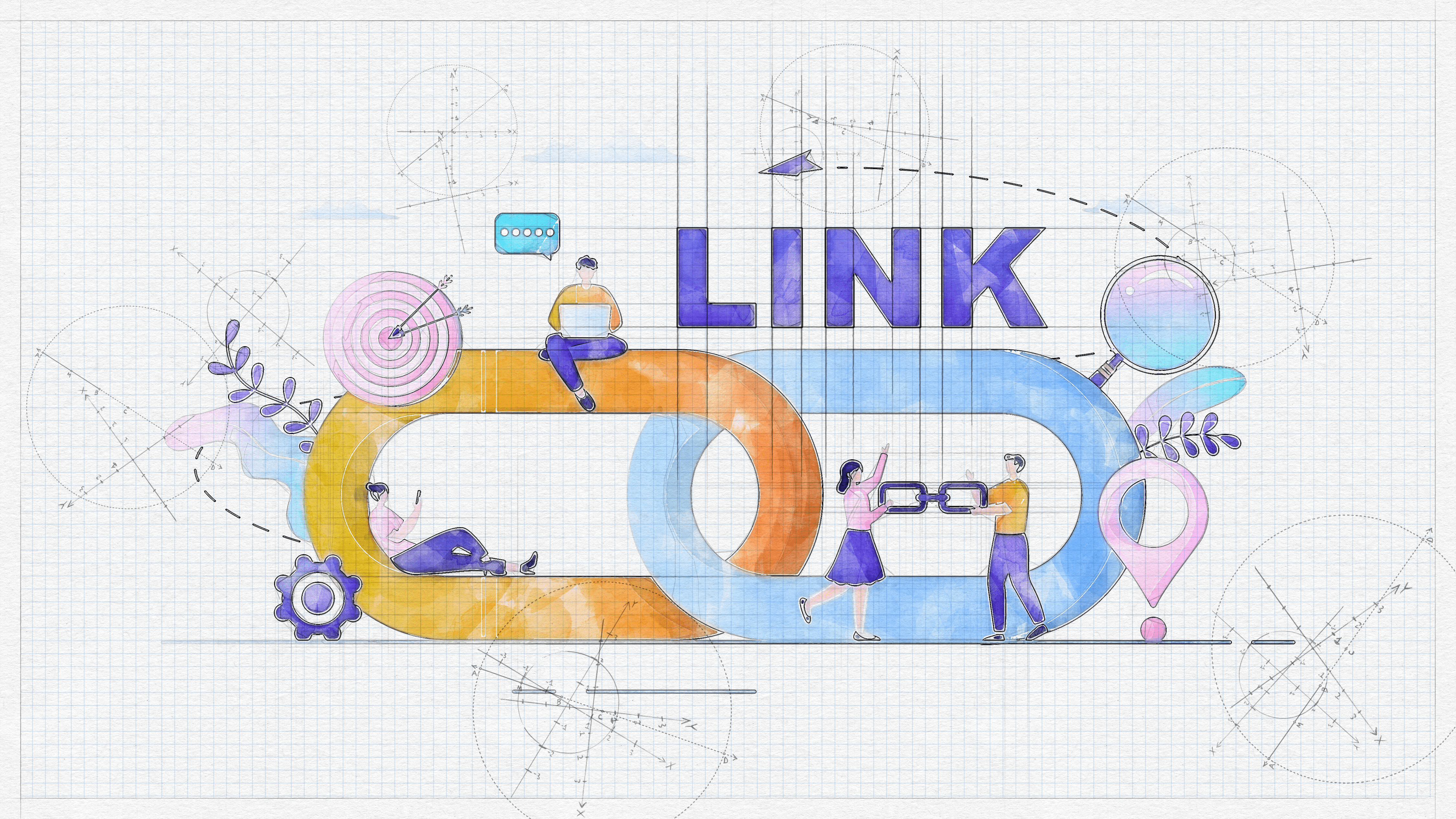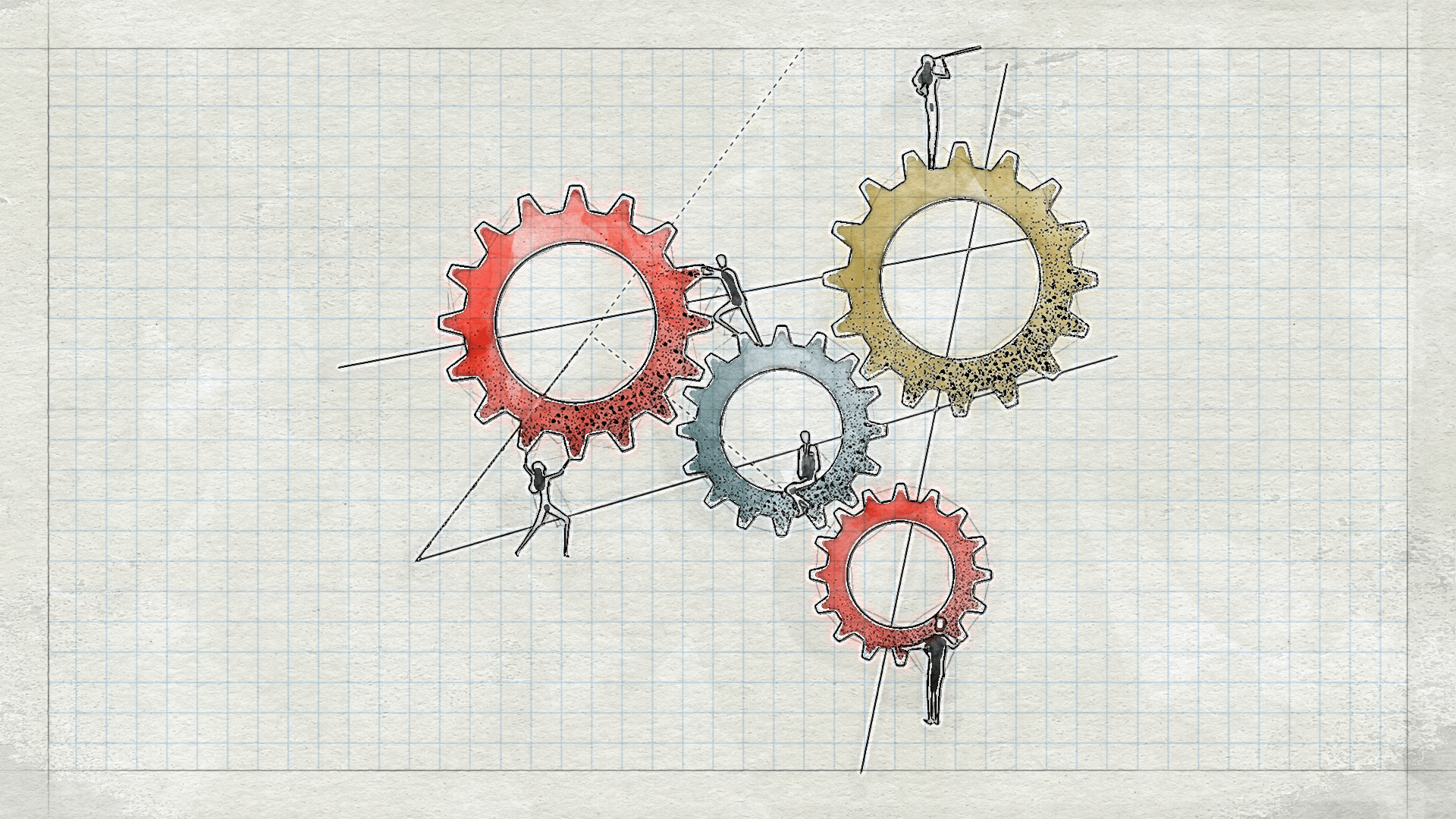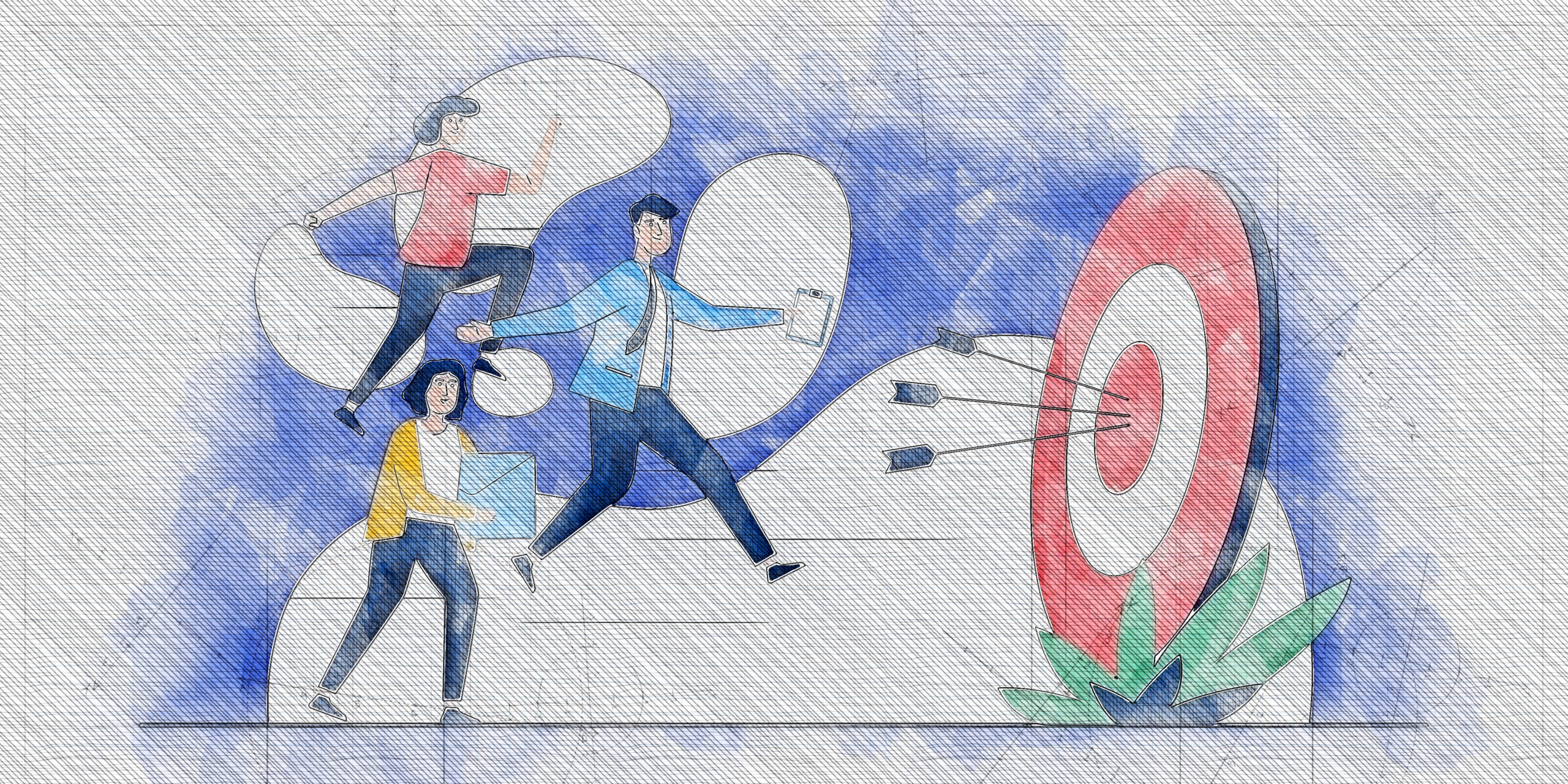What is a leadership development program? It is a process that helps in expanding the capacity of individuals/employees. Developing a program or structure helps in the execution of an organization’s strategy. Leadership development is that which helps organizations harness the talent they already have and require for the future. The world is expanding and evolving and the workplace must adjust and adapt accordingly. Organizations don’t stay the same, making it all the more important for them to have leaders who can lead, manage change find new opportunities, and execute strategies irrespective of the circumstances. Our 5-step guide to designing a leadership development program will help you create a program to meet all your needs.
Leadership development programs are a way for organizations to invest in internal growth and train employees with higher potential to take on senior positions. But, what we think of as ‘good’ leadership qualities and skills associated with it have changed. The sooner organizations realize the importance of agility, the better leadership program they will be able to develop and implement.
In the process of developing a leadership program, the most important tool required is context. Organizations need to know the skills and the type of experiences they require or skills and experiences that are most relevant to the future of their organization. One needs to anticipate or consider what the future holds for them. What types of challenges is the company likely to face? What will be the key skills the company needs from its leaders moving forward? If the company plans to grow through acquisitions or they’re aiming to onboard new clients or partners, then sales and negotiation skills might be two areas to focus on in the program.
Robert Half in his blog How to Create a Successful Leadership Development Program shares certain steps or activities an organisation can undertake to successfully create one. He starts by talking about getting familiar with what an organization lacks. Such a program should start by
Defining a company’s leadership needs
The 1st step in our guide to designing a leadership development program is to start by looking for gaps in leadership. For example- if a manager or someone occupying a senior position is leaving or retiring, besides the position being vacant what other skill or attribute will you be missing out on?
Or set your program according to the goals you wish to achieve. Adjust it according to the company’s short-term or long-term strategic goals and develop your leaders accordingly.
Secondly, he talks about developing leaders and not training them. To develop someone means to make use of the talent or gift a person might have, to make it stronger and more effective. While training a person typically means, shaping them into a certain mould or training them to be or perform in a certain manner.
Develop, don’t train
Robert Half urges readers to remember that leaders can be developed and nurtured, they aren’t manufactured, and there isn’t one formula for making them. Hence, the need for personalised leadership development programs. When one is creating this, one should think about how a participant can be placed in a situation and how it will help them learn and grow.
Examples include giving candidates the opportunity to step up when other leaders are away or to collaborate with colleagues in other departments on a special project.
Formal Development Methods
Mentoring, training and organisational planning, with individual activities such as job rotation, job shadowing and project leadership make a leadership development program effective. Classroom training, such as MBA programs, and online courses might also be part of a formal program. Providing support to participants through ongoing feedback and coaching can be helpful, especially when it comes from senior managers.
Identify Potential Leaders
Potential leaders may be anywhere in your company, but identifying them isn’t always easy. One should be careful in using resources. Just because someone has demonstrated excellent work in his or her current position doesn’t mean that person will evolve into a leader for the business. Have an open mind, and be willing to look beyond the most obvious candidates.
An effective leadership development program should be able to polish all the “diamonds in the rough” in your organisation and give employees the skills and confidence to ascend the career ladder. Even if a person doesn’t take up the senior position or leadership role they’re being offered it’s alright, just make sure that all employees are aware of the leadership development opportunities available in an organisation and have an opportunity to take advantage of them.
Focus on Retention
While leadership development programs serve as long-term staffing strategies besides other benefits, one must also be careful to not lose certain valuable employees one has already scouted. This can be done by offering promising employees compensation to match their developing skills. One must consider holding regular face-to-face meetings with future leaders to ensure they’re satisfied with their career path and feel engaged. An employee rewards system, in which staff members earn incentives such as letters of appreciation from higher-ups for specific achievements long after the program has ended, can also positively impact retention.
Leadership Development programs are required to ensure that organizations always have capable people especially those who have been working with them for a longer period of time and are aware of the intricacies. It is also easier to grow or find leaders within your organization than to find others from outside. Such set-ups also bring about a boost in an organization’s bottom line. It makes sure that there are more people who understand the high-level strategy and are equipped to take on business challenges.
Secondly, you’ll be saving on turnover costs. When employees know that management has made an investment in them and that they not only have opportunities to grow but that there are available roles to grow into, they are more likely to stay.
Another factor that positively impacts company financials is increased productivity. Employees who feel nurtured and who can see a future for themselves at the company are much more likely to be engaged in their work, thereby motivating others toward increased productivity as well.
Hope you found our 5-step guide to designing a leadership development program useful. You can also explore how our leadership assessment and development platform can be integrated into your leadership development program to help you build great leaders at scale.








